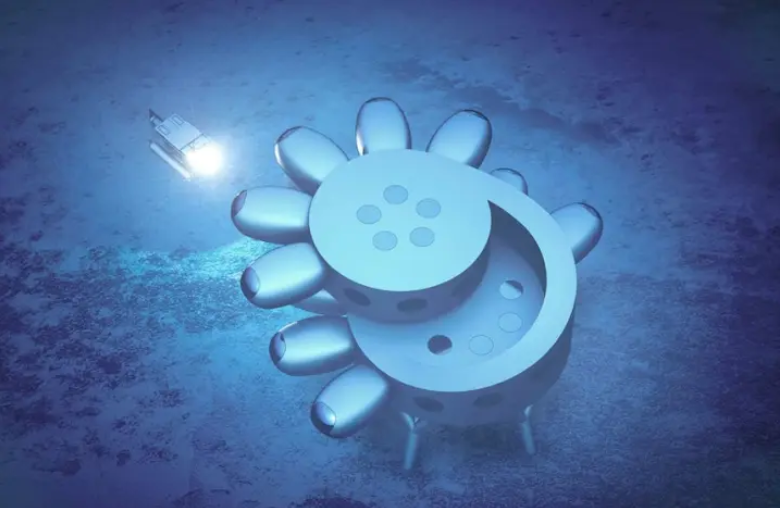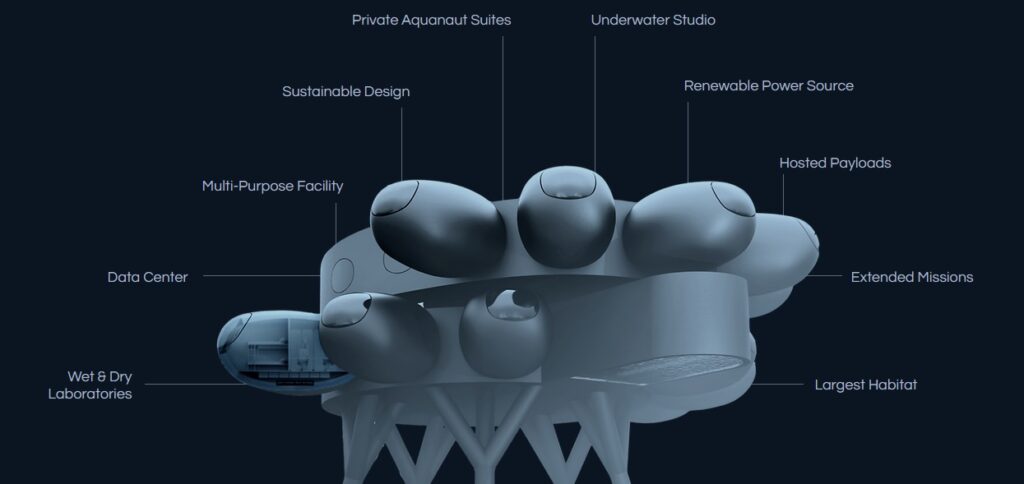Inspenet, May 26, 2023
The plan to build Proteus, an underwater research habitat, took a big step forward after the National Oceanic and Atmospheric Administration (NOAA) signed an agreement with Proteus Ocean Group to develop the facility by 2026.
The Proteus underwater laboratory, will span 185 square meters and aims to advance marine science, research and education while seeking solutions to some of the planet’s most pressing problems, NOAA said.

Exploration without limits: Proteus will allow prolonged investigations in an underwater environment
The facility, nicknamed the “underwater space station” for the way it will allow scientists to work for extended periods in a unique environment, will be located at a depth of around 60 feet off the Caribbean island of Curacao.
It will serve as an underwater habitat for up to 12 scientists, innovators, and even private citizens who will be able to live beneath the waves while studying the ocean’s habitat with the facility designed as a more modern and considerably larger version of Aquarius, a 1,400-square-foot submerged laboratory facing to the Florida Keys that came online in 1986.
When built, Proteus will be a circular structure attached to stilts that rest on the ocean floor. The two-story interior will feature wet and dry labs for a variety of research and experiments, a data center, an area for housed payloads, a hatch offering divers easy access to the ocean floor, and private suites for those who stay on the premises.
The structure will also include the world’s first underwater greenhouse to grow food and a state-of-the-art video production facility for live broadcasts of scientific work, student presentations and media interviews, similar to NASA’s space station.

Wind, solar and thermal energy: Proteus will be a self-sufficient underwater laboratory
The underwater laboratory will be powered by wind and solar energy, and will also use ocean thermal energy conversion technology.
Fabien Cousteau, chief ocean explorer of the Proteus Ocean Group, as well as the grandson of legendary underwater explorer Jacques Cousteau, said the new facility will give inhabitants “unbridled access to the ocean 24/7,” adding that with the collaboration of NOAA, ” The discoveries we can make, regarding climate refuges, super corals, life-saving medicines, microenvironmental data linked to climate events, and many others, will be truly groundbreaking.”
Photos : Proteus Ocean Group
Don’t miss the Inspenet News at: https://inspenet.com/inspenet-tv/


